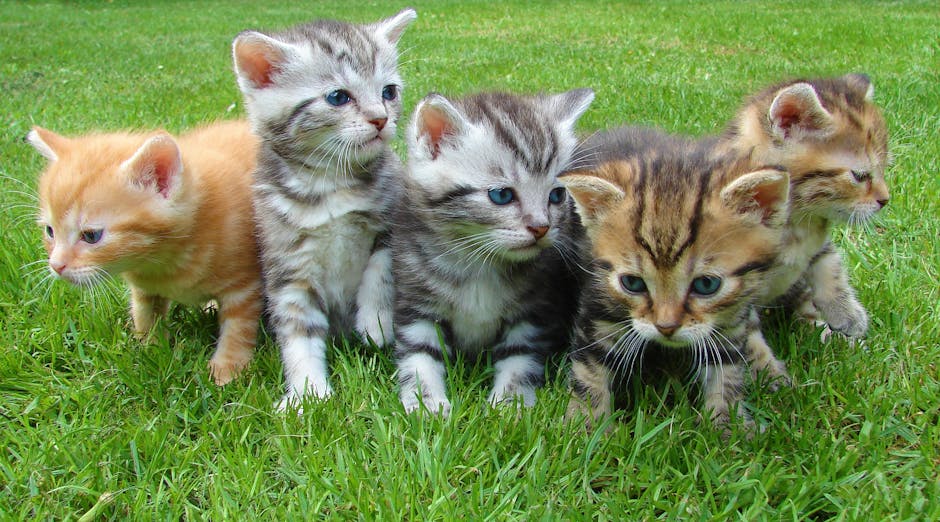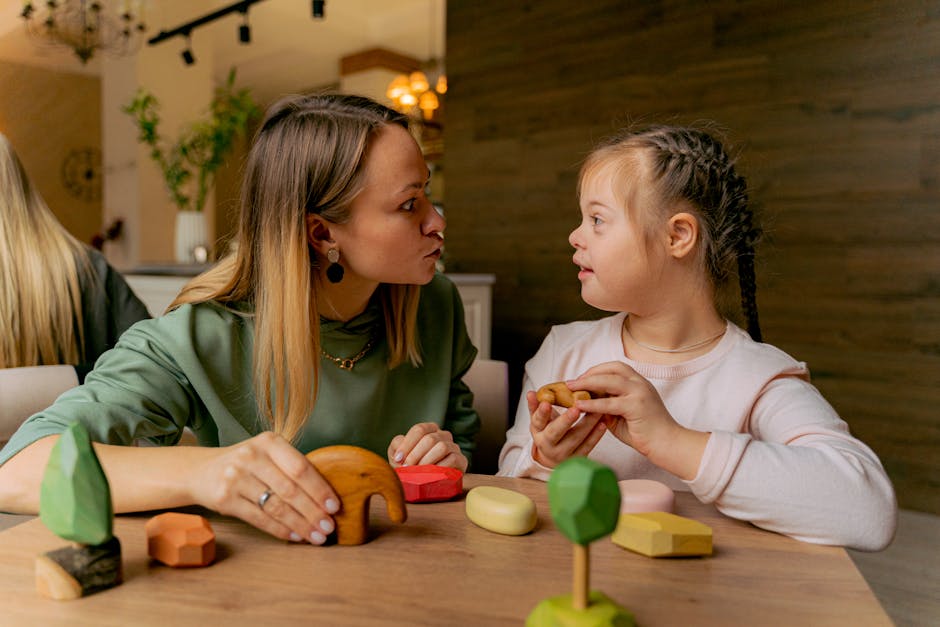The Ultimate Guide to Positive Reinforcement: Train Your Pet Effectively
When it comes to training your beloved pets, the most effective approach often lies in the realm of positive reinforcement. Harnessing this technique can transform not only the behavior of your furry friends but also the dynamics of your relationship with them. Using rewards rather than punishments fosters an environment of trust, making learning a joyous experience for both of you. In this ultimate guide, we’ll explore the ins and outs of positive reinforcement, offering techniques that work wonders for every pet—from dogs and cats to birds and rabbits.
What Is Positive Reinforcement?
Positive reinforcement is a training technique that encourages desirable behaviors through the application of rewards. This method is rooted in behavioral psychology and underscores the principle that behaviors followed by certain positive outcomes are more likely to be repeated. For instance, if your dog sits on command and is rewarded with a treat, he’s more likely to sit again the next time you ask. The power of positive reinforcement lies in its simplicity and effectiveness, making training a collaborative effort rather than a confrontational ordeal.
Why Choose Positive Reinforcement?
Opting for positive reinforcement over negative training methods has profound implications not just for your pet but for your relationship with them. Here are several compelling reasons to choose this rewarding path:
-
Builds Trust: Using treats or praise fosters a bond of trust between you and your pet. Pets learn to associate your presence with positive experiences, which enhances their overall well-being.
-
Encourages Problem-Solving: When pets are rewarded for good behavior, they activate their problem-solving skills and learn to explore new ways to earn those rewards.
-
Reduces Anxiety: Pets trained through positive reinforcement exhibit less anxiety and fear. An environment that focuses on rewards rather than punishment helps create comfort and security.
-
Enhances Learning: Positive reinforcement lends itself to improved retention of commands and behaviors. Pets are more likely to remember what they’ve learned in a fun and rewarding context.
-
Versatile for All Pets: This technique isn’t confined to dogs—cats, birds, rabbits, and even reptiles can benefit from positive reinforcement strategies tailored to their unique behaviors.
Key Components of Positive Reinforcement Training
Understanding the components of positive reinforcement will amplify your training efforts. Here’s a closer look at the essential elements:
Timing Matters
The timing of your reward is crucial to the effectiveness of positive reinforcement. Ideally, you should offer a reward immediately after the desired behavior occurs. This helps your pet make the connection between the action and the reward, ensuring clarity in their learning process.
Choosing the Right Rewards
Rewards can take many forms, from edible treats to praise, toys, or special playtime. The key is to choose rewards that resonate with your pet. For instance, a dog may prefer a treat, while a cat might respond better to affection or play. Pay attention to what excites them the most and use that to your advantage.
Consistency Is Key
Consistency in your training methodologies ensures your pet clearly understands what is expected of them. Use the same cues and commands each time and reward the desired behavior consistently. This creates a strong framework in which your pet can learn and thrive.
Gradually Increasing Difficulty
Start with simple commands and gradually increase the complexity as your pet becomes proficient. This progressive training prevents frustration and keeps your pet engaged as they learn to master more challenging tasks.
Effective Training Techniques for Dogs
Dogs are perhaps the most well-known beneficiaries of positive reinforcement training. Here’s how to make it work effectively:
Basic Commands
Start with foundational commands like “sit,” “stay,” and “come.” Pair each command with a treat or praise right after your dog successfully follows the command. For example, when your dog sits, immediately reward them with a treat and an enthusiastic “good job!”
Clicker Training

Clicker training involves using a small device that makes a clicking sound at the moment your dog performs the desired behavior. This sound serves as a bridge between the behavior and the reward, swiftly reinforcing the learning process. Clicker training is especially useful for precise training, such as agility tasks.
Leash Training with Praise

Leash training can be daunting, but it becomes more manageable with positive reinforcement. Reward your dog whenever they walk beside you without pulling. Use verbal praise or treats to reinforce good behavior every few steps, making the walk as enjoyable for them as it is for you.
Techniques for Cats and Other Pets

Litter Box Training for Cats

For cats, positive reinforcement is a great way to encourage litter box training. Gently place your cat in the box after meals and reward them with praise or treats when they use it. Be patient; some cats may take longer to adapt to box training than others.
Training Birds with Targeting

Birds love to explore, and you can leverage this curiosity for positive reinforcement. Use a stick to encourage them to step onto it, rewarding them when they do. Target training can help with trick training, making this process enjoyable.
Encouraging Rabbits to Use Their Space

If you have a rabbit, create a designated area where they can roam freely. Reward them with fresh veggies or positive verbal reinforcement when they explore their space or use designated areas for their bathroom needs.
The Importance of Patience and Empathy

Training your pet with positive reinforcement is as much about fostering a heart-centric relationship as it is about behavioral changes. Practicing patience and empathy is essential. Understand that pets are individuals, each with their own unique quirks, fears, and learning speeds. Celebrate small victories and remain encouraging, even in challenging moments.
Common Mistakes to Avoid

While positive reinforcement is a powerful tool, there are pitfalls to navigate on your training journey. Let’s cover some common mistakes to avoid:
Over-Reliance on Treats

While treats are effective, it’s essential to incorporate other forms of reinforcement, such as praise and playtime. Transition gradually to using fewer treats while maintaining enthusiasm and engagement with your pet.
Inconsistent Commands

Using different commands or cues can confuse your pet. Stick to a consistent vocabulary throughout training for clearer communication.
Lack of Patience

Training takes time and perseverance. Over-frustration can impede progress. Take breaks when needed and return to training with fresh energy.
Neglecting the Environment
Training must also account for the environment. Some distractions might hinder your pet's ability to focus. Begin training in a quiet space before progressing to more stimulating environments.
Final Thoughts
Positive reinforcement transcends mere training; it's about nurturing a loving partnership with your pets. As you infuse fun into learning through rewards and praise, you'll find your pets become more receptive, joyful, and eager to engage with you. Stick to the guidelines outlined in this ultimate guide, and you'll cultivate an enriching experience that enhances your bond with your furry companions.
Remember, every pet is unique. Be adaptable and open-minded in your training approach, and cherish the journey of learning together. With time, patience, and a sprinkle of creativity, you can make training a rewarding adventure for you and your beloved pet.
For further insights on pet training and animal behavior, check out our pet training resource page or visit the Humane Society’s training resources. Here’s to many successful training sessions ahead!












